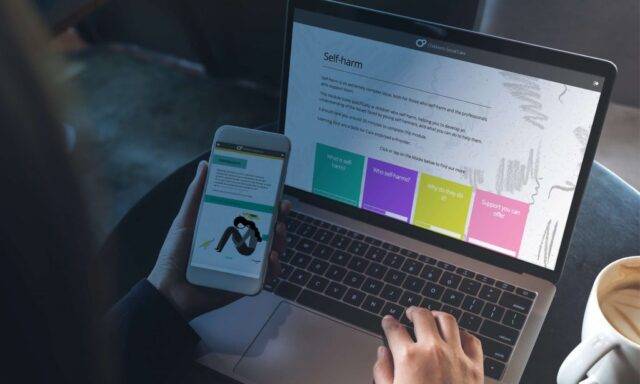
Bringing A Dynamic Syllabus Builder Into Focus
November 22, 2017
At Learning Pool, we like to talk in terms of problems and solutions. We believe it’s important to invest the necessary time in identifying the root problems in order to come up with a solution like our Syllabus Builder that makes a meaningful difference. How the Syllabus Builder came about This is a story about […]
At Learning Pool, we like to talk in terms of problems and solutions. We believe it’s important to invest the necessary time in identifying the root problems in order to come up with a solution like our Syllabus Builder that makes a meaningful difference.
How the Syllabus Builder came about
This is a story about how an investment in the problem can make a big impact on decision-making and solution outcomes. It starts, naturally, with the identification of a problem. An academic client of ours told us about a reporting requirement that was proving problematic. The challenge was that this reporting activity had to be completed at the beginning of the course and there were a very limited number of activities related to the course that could be used.
Since the syllabus was covered at the very beginning of the course, my colleague, Kristin Isler, posed the idea of building the activity into the syllabus. Our thought was that this could save instructors a lot of time and effort.
The feedback we got was positive. In fact, they posed questions about other things that an interactive syllabus could potentially do – Could it standardize the presentation of a syllabus to meet accessibility guidelines? Could it be easier to add to a course than a traditional PDF syllabus?
Soon we found ourselves with a working hypothesis: A dynamic, interactive syllabus builder could save administrators and instructors a meaningful amount of time and effort while improving the course experience for students.
Creating the Syllabus Builder
There’s a quote from Abraham Lincoln that I really like:
“Give me six hours to chop down a tree and I will spend the first four sharpening the axe.”
This philosophy is aligned with how Learning Pool likes to not only work with our clients but how we like to work internally. So rather than taking our hypotheses and developing a solution on instinct, we invited people to the table from both inside and outside of the organization to hear what they thought. The most important thing we did was host two different focus groups of educators from community colleges across the country. To ensure that the Syllabus Builder contained the features and functionalities needed to be useful, we simply asked educators: “How are you going about this process now? What works for you and what doesn’t?”
This process not only confirmed our hypotheses, but it also identified a number of ways in which it could prove the premise: the syllabus could provide a central location for activities and due dates, as an alternative to the current solution of being maintained in parallel between a PDF syllabus and tools within the Learning Platform. It could make it easier to update and redistribute updates to a course.
A project that began with a problematic reporting activity had grown – through collaboration and iteration —into a tool we think can be really exciting – a Syllabus Builder designed as a plugin that streamlines the process of creating, reusing, and re-purposing a course syllabus by bringing its creation and distribution into the Learning Pool platform and making it a living component of the course it’s intended to represent.
Learning faster with Syllabus Builder
I’ll end with another quote from learning and instructional design expert Bernard Bull that seems particularly applicable to this experience:
“When it comes to the design of effective learning experiences, one provocative question is worth a hundred proclamations.”
This was certainly true in the case of our Syllabus Builder. What started with one provocative question led to another, which led to another, which led to many more. The result is a tool that we believe will help administrators, instructors, and students, by removing barriers to learning and connecting users with learning faster.
The best part is still in front of us: evaluation. We want to get this tool into the hands of folks like you who are using it every day in real life, measuring its performance and impact, and finding ways to improve.
Got a learning problem to solve?
Get in touch to discover how we can help

